A new nut on the block – meet the Bambara groundnut
by Leanne Reeves & Clarisse Bu from WhatIF Foods on September 15, 2022
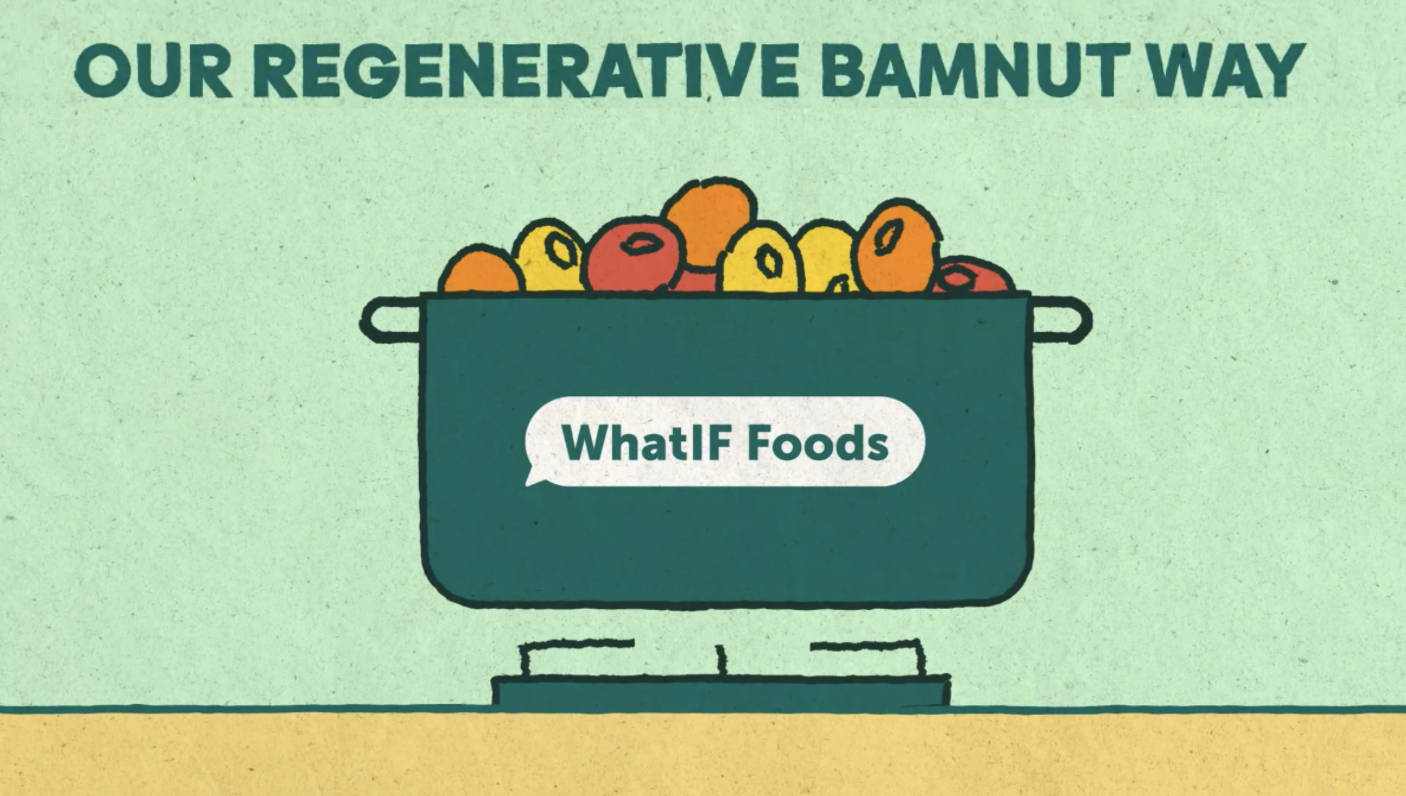
A new nut has just come to town – and we all have our eyes on it: the first question everyone has in their heads...
Bam what? What on earth is a BamNut?
Just like every new kid on the block, our BamNut is first encountered with a mix of curiosity, concern, and maybe even a little skepticism...but at WhatIF Foods, our job is to make BamNut the most popular nut in town!
BamNut is the cool nickname for Bambara groundnut,, and it is a legume originating in Western African countries such as Ghana, with the potential to be grown around the globe. The current range of WhatIF Foods products is made using this “forgotten” crop, and we are committed to introducing it globally because it is such a great ingredient that perfectly translates our REgeneration approach into practice.

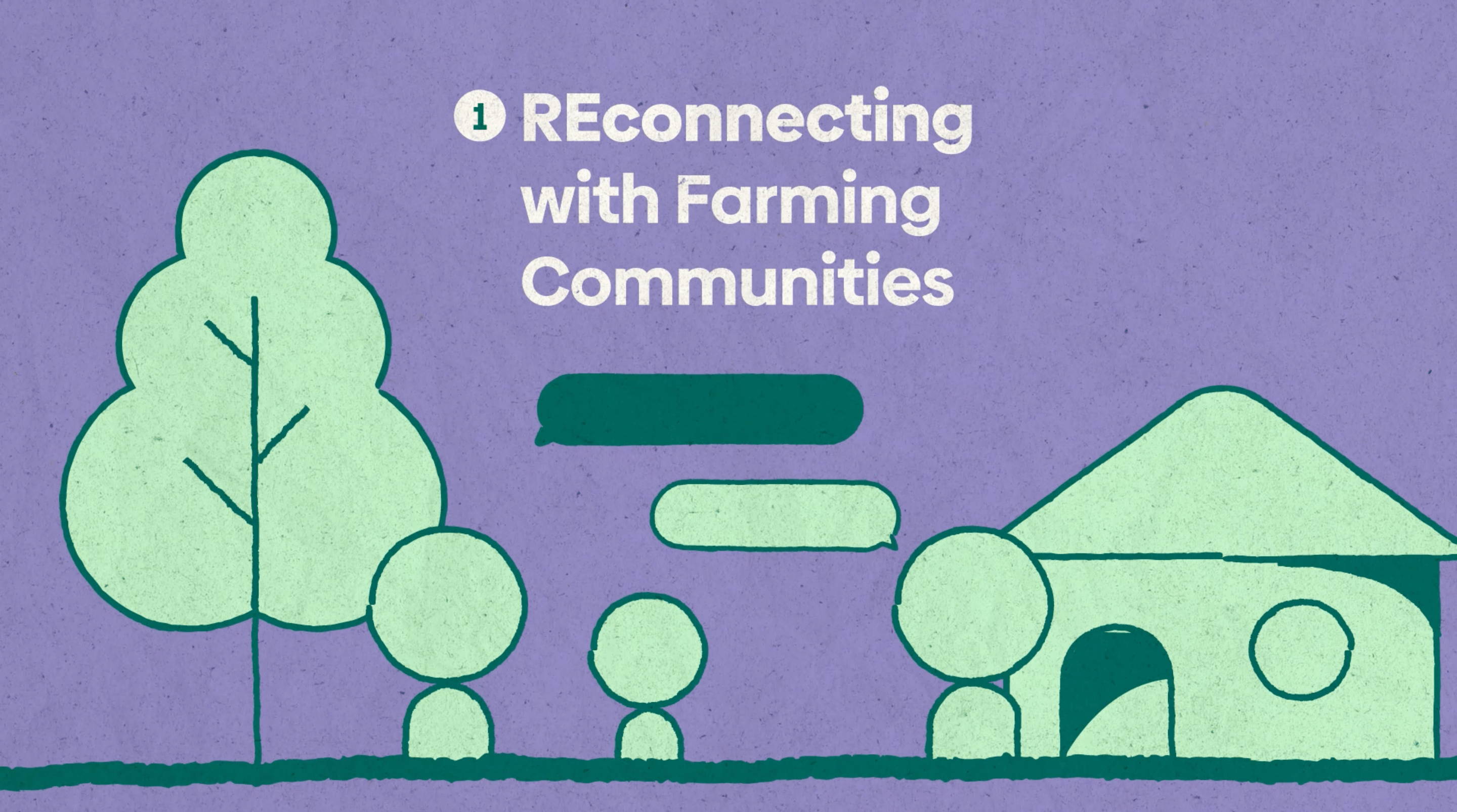






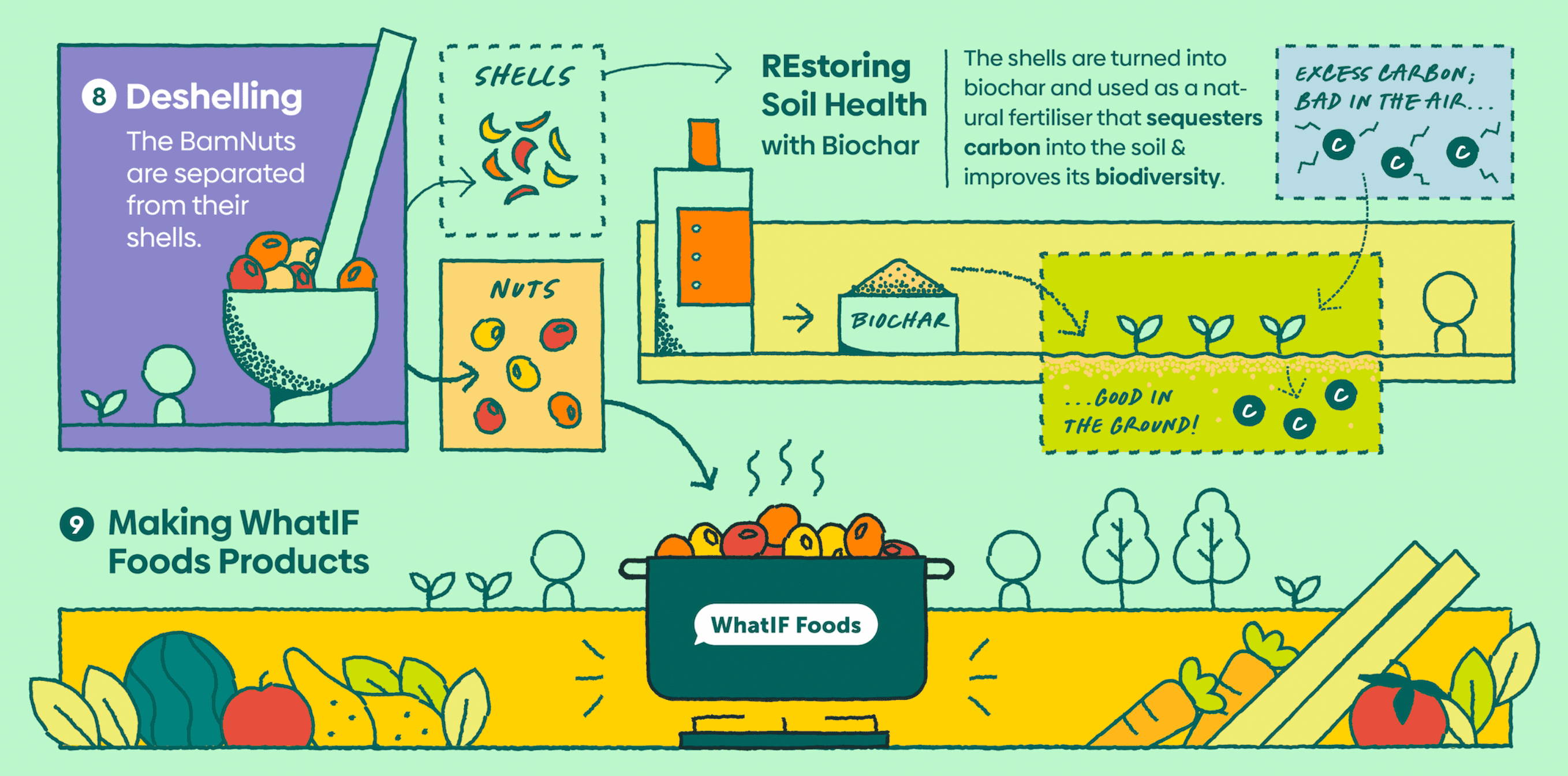
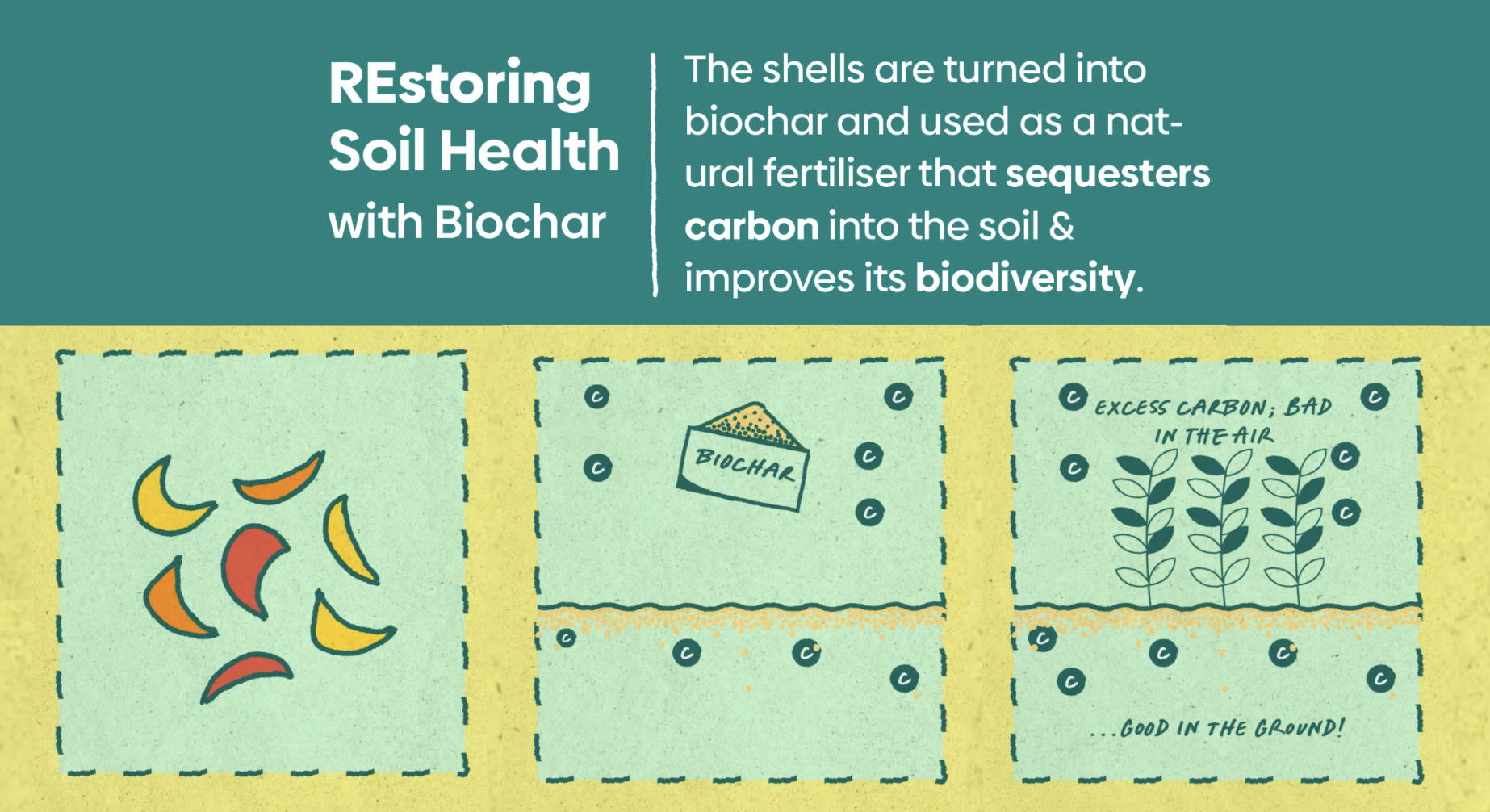

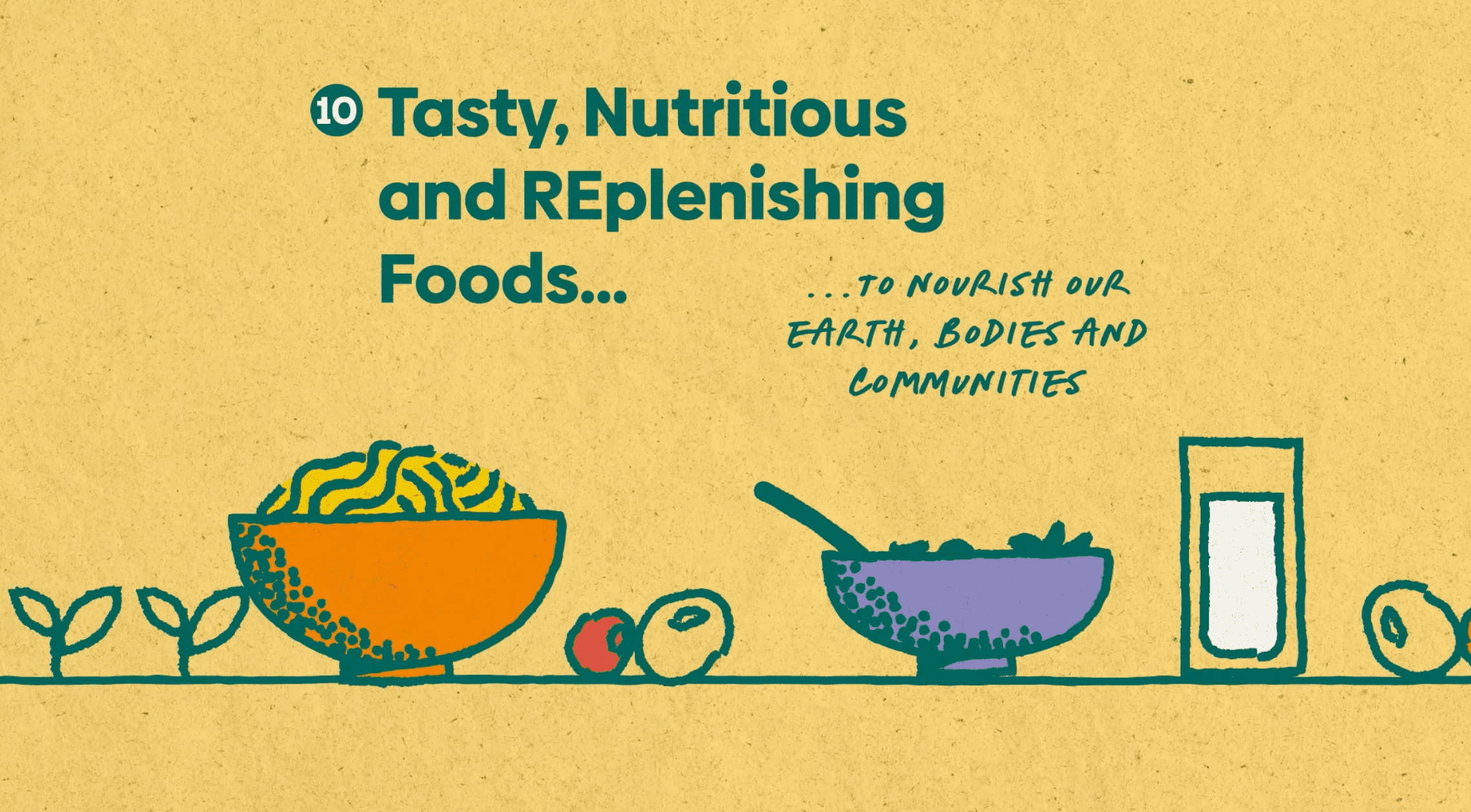


Leanne Reeves only operates with coffee in her hands, and loves a good sushi anytime. She enjoys the polar opposites of snowy winters and sunny summers. Speaking of polar, penguins are her absolute favourite animal, from their waddling ways to how they stick with each other for life.

Clarisse Bu is only either deep in thought or cackling at ridiculous jokes only she and her friends understand. At work, she makes designs and art. At play, she sings, plays the guitar, dances, boulders, meditates and makes more art. She goes hard on both.